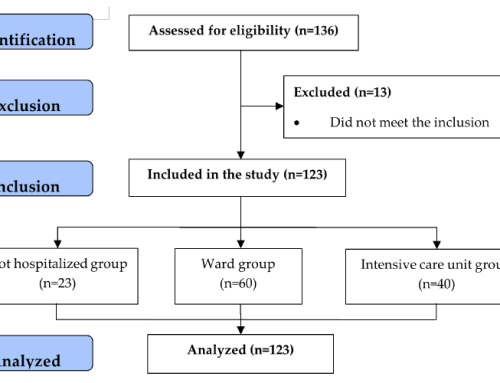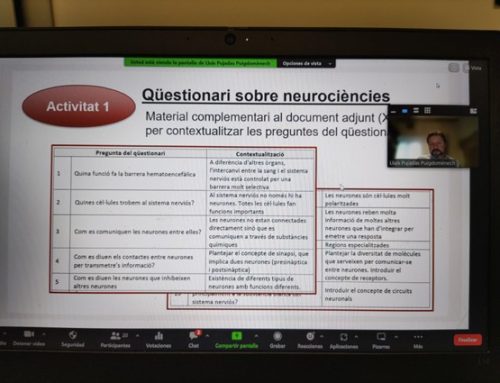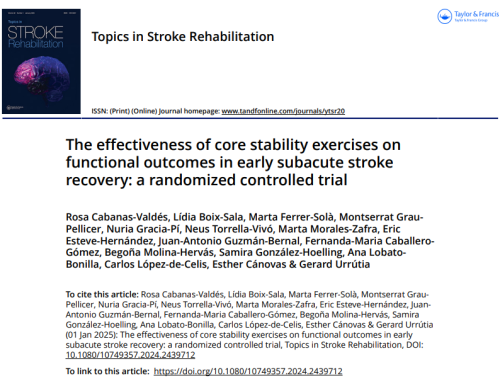Article: Microcracking pattern in fractured bones: new approach for distinguishing between peri- and postmortem fractures. International Journal of Legal Medicine
Authors: Winter-Buchwalder, M., Schwab, N., Galtés, I. Ortega-Sánchez, M., Scheirs, S., Jordana, X.
Abstract:
In this basic and exploratory study, the research team led by Xavier Jordana, coordinator of the line Bone growth, remodeling, and repair of the TR2Lab, provide new insights into the characteristics of microfractures in the cortical tissue of fresh bone as a result of blunt force trauma. In Forensic medicine, interpretation of signs of trauma is crucial for indicating possible cause, manner and circumstances of death. However, timing bone injury (ante- peri- or postmortem) remains challenging during the assessment of decomposed or skeletonized human remains, as might happen in the contexts of armed conflicts, human rights violations or natural disasters. A reliable distinction between perimortem trauma (around death) and postmortem damage (a long time after death) is crucial since the former may allow conclusions on the circumstances of death. In this study, the researchers test the hypothesis that there is a distinct microcracking pattern related to blunt force trauma in fresh bones that allows us to optimise the distinction between perimortem and postmortem fractures.
The study used both perimortem (fresh) fractured specimens from traumatic death cases from forensic autopsies and dry bone samples from body donors that were experimentally fractured. Bone histological sections were prepared from these specimens and the microcrack density and length were evaluated in several cortical areas. The results of the study indicate a different pattern of microcracks between fresh (perimortem) and dry (postmortem) fractured bones. The reported differential microcracking pattern appears to be an original and important approach to explore differences between perimortem trauma and postmortem damage in the context of forensic anthropology and legal medicine.
Keywords:
Blunt force trauma; Fracture timing; Bone histology; Forensic anthropology












Leave a Reply